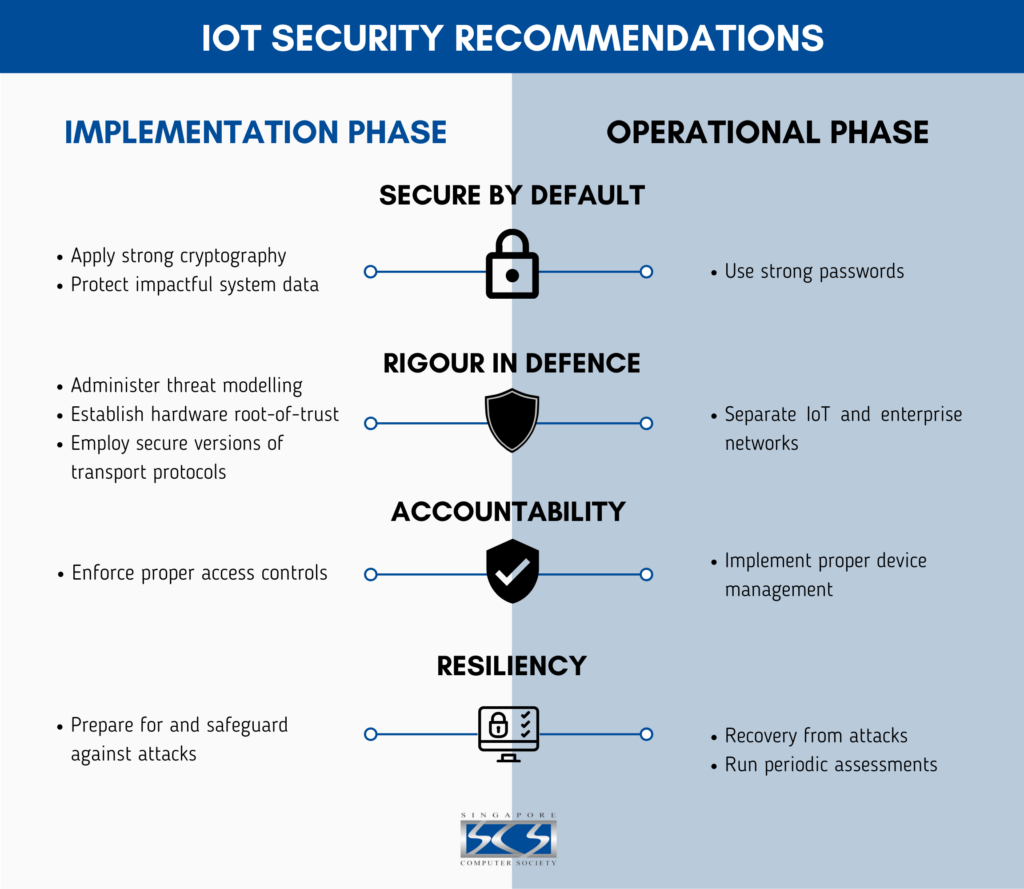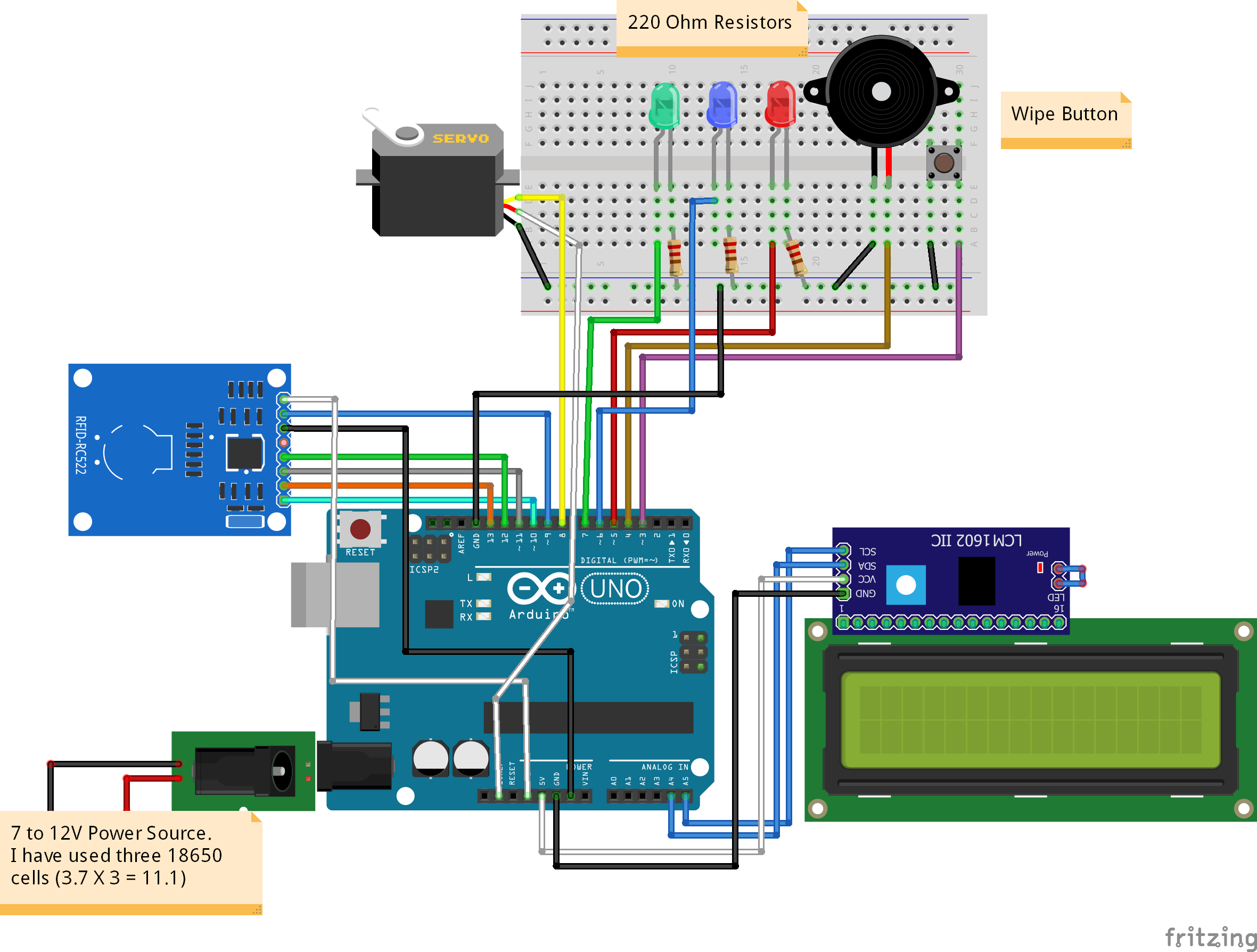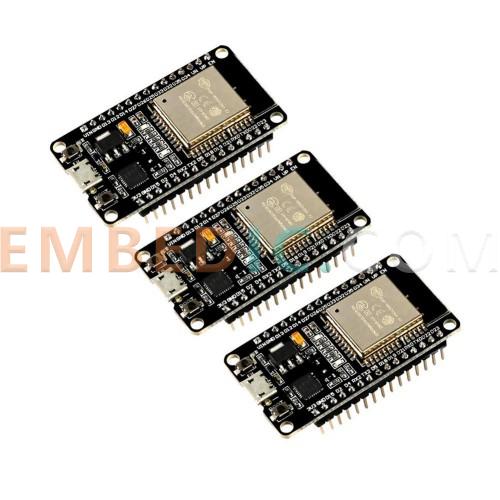Best Way to Secure IoT Devices
As the Internet of Things (IoT) continues to grow at a rapid pace, securing these devices has become a crucial concern for individuals and organizations alike. From smart thermostats to wearable fitness trackers, IoT devices are everywhere, collecting and sharing sensitive data. Without proper security measures in place, these devices can become vulnerable to cyber attacks, putting personal information and privacy at risk.
Why is IoT Security Important?
IoT devices are connected to the internet, making them potential targets for hackers looking to exploit vulnerabilities. A breach in security could result in unauthorized access to personal data, such as passwords, financial information, and even live video feeds. Additionally, compromised IoT devices can be used to launch larger attacks, such as Distributed Denial of Service (DDoS) attacks.
Given the potential risks associated with insecure IoT devices, it is essential to take proactive steps to secure these devices and protect both data and privacy.
Best Practices for Securing IoT Devices
1. Keep Software Up to Date
One of the simplest and most effective ways to secure IoT devices is to keep their software up to date. Manufacturers regularly release updates that address known vulnerabilities and strengthen security measures. By installing these updates promptly, you can reduce the risk of exploitation by hackers.
2. Change Default Passwords
Many IoT devices come with default passwords that are easily guessable or are shared across multiple devices. Changing these passwords to unique, complex ones can help prevent unauthorized access to your devices. Be sure to use a combination of letters, numbers, and special characters for maximum security.
3. Enable Two-Factor Authentication
Two-factor authentication adds an extra layer of security to your IoT devices by requiring a verification code in addition to a password. This code is typically sent to your mobile phone or email, making it more difficult for hackers to gain access to your devices even if they have your password.
4. Secure Your Network
Securing your home or office network is essential for protecting your IoT devices. Change the default network name (SSID) and password on your Wi-Fi router, enable network encryption (WPA2 or WPA3), and consider setting up a separate guest network for IoT devices. This can help prevent unauthorized access to your devices and data.
5. Disable Unnecessary Features
Disable any unnecessary features or services on your IoT devices that you do not use. This can help reduce the attack surface and minimize the risk of exploitation. For example, if your smart TV has a built-in camera or microphone that you never use, consider disabling these features to prevent potential privacy breaches.
Conclusion
Securing IoT devices is a critical step in protecting personal data and privacy in an increasingly connected world. By following best practices such as keeping software up to date, changing default passwords, and enabling two-factor authentication, you can reduce the risk of cyber attacks and safeguard your IoT devices against potential threats. Remember, a proactive approach to security is key when it comes to protecting your digital assets.
Best Way to Secure IoT Devices
As the Internet of Things (IoT) continues to grow at a rapid pace, securing these devices has become a crucial concern for individuals and organizations alike. From smart thermostats to wearable fitness trackers, IoT devices are everywhere, collecting and sharing sensitive data. Without proper security measures in place, these devices can become vulnerable to cyber attacks, putting personal information and privacy at risk.
Why is IoT Security Important?
IoT devices are connected to the internet, making them potential targets for hackers looking to exploit vulnerabilities. A breach in security could result in unauthorized access to personal data, such as passwords, financial information, and even live video feeds. Additionally, compromised IoT devices can be used to launch larger attacks, such as Distributed Denial of Service (DDoS) attacks.
Given the potential risks associated with insecure IoT devices, it is essential to take proactive steps to secure these devices and protect both data and privacy.
Best Practices for Securing IoT Devices
1. Keep Software Up to Date
One of the simplest and most effective ways to secure IoT devices is to keep their software up to date. Manufacturers regularly release updates that address known vulnerabilities and strengthen security measures. By installing these updates promptly, you can reduce the risk of exploitation by hackers.
2. Change Default Passwords
Many IoT devices come with default passwords that are easily guessable or are shared across multiple devices. Changing these passwords to unique, complex ones can help prevent unauthorized access to your devices. Be sure to use a combination of letters, numbers, and special characters for maximum security.
3. Enable Two-Factor Authentication
Two-factor authentication adds an extra layer of security to your IoT devices by requiring a verification code in addition to a password. This code is typically sent to your mobile phone or email, making it more difficult for hackers to gain access to your devices even if they have your password.
4. Secure Your Network
Securing your home or office network is essential for protecting your IoT devices. Change the default network name (SSID) and password on your Wi-Fi router, enable network encryption (WPA2 or WPA3), and consider setting up a separate guest network for IoT devices. This can help prevent unauthorized access to your devices and data.
5. Disable Unnecessary Features
Disable any unnecessary features or services on your IoT devices that you do not use. This can help reduce the attack surface and minimize the risk of exploitation. For example, if your smart TV has a built-in camera or microphone that you never use, consider disabling these features to prevent potential privacy breaches.
Conclusion
Securing IoT devices is a critical step in protecting personal data and privacy in an increasingly connected world. By following best practices such as keeping software up to date, changing default passwords, and enabling two-factor authentication, you can reduce the risk of cyber attacks and safeguard your IoT devices against potential threats. Remember, a proactive approach to security is key when it comes to protecting your digital assets.



